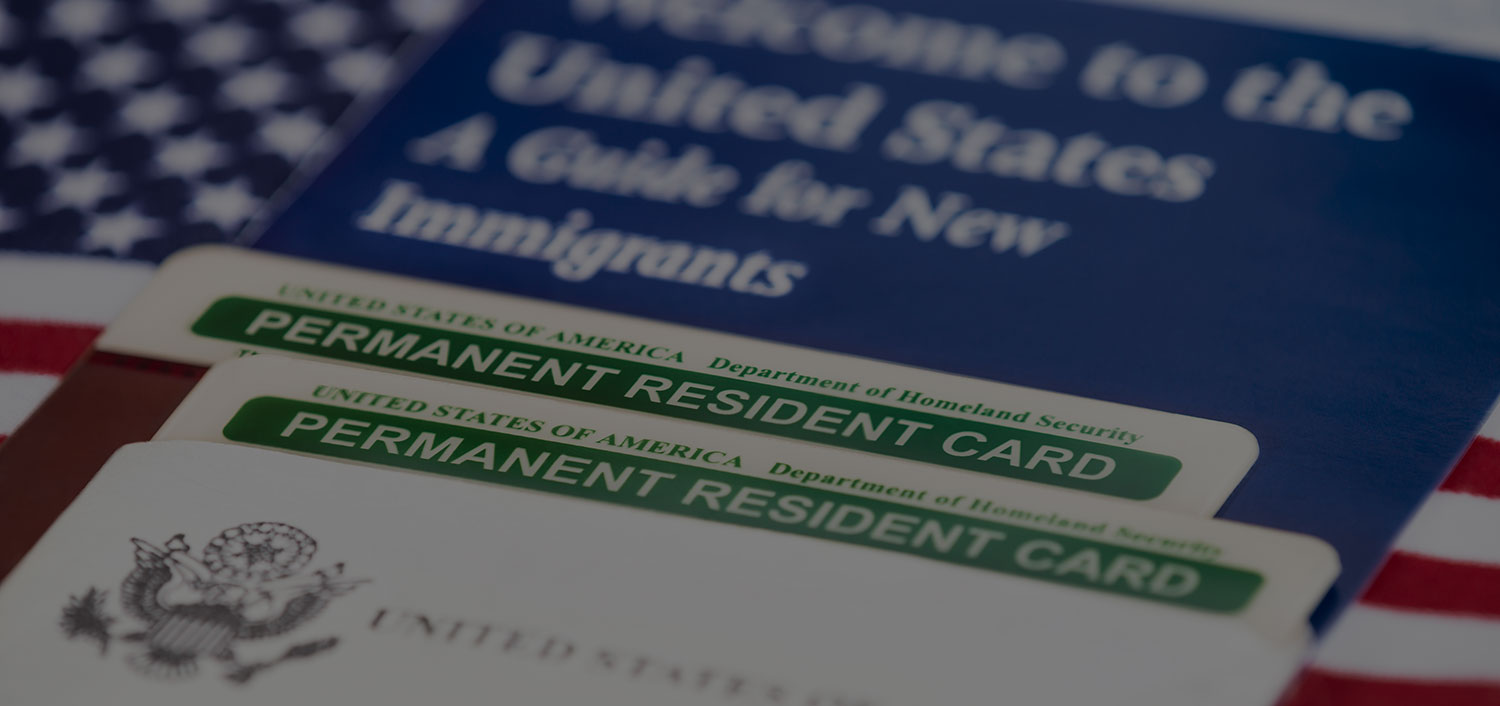WASHINGTON—U.S. Citizenship and Immigration Services (USCIS) announced on April 7 that it has received a sufficient number of H-1B petitions to reach the statutory cap of 65,000 visas for fiscal year (FY) 2015.
USCIS has also received more than the limit of
20,000 H-1B petitions filed under the advanced degree exemption.
USCIS received about 172,500 H-1B petitions during the filing period which began April 1, including petitions filed for the advanced degree exemption. On April 10, 2014, USCIS completed a computer-generated random selection process, or lottery, to select enough petitions to meet the 65,000 general-category cap and 20,000 cap under the advanced degree exemption.
For cap-subject petitions not randomly selected, USCIS will reject and return the petition with filing fees, unless it is found to be a duplicate filing.
The agency conducted the selection process for the advanced degree exemption first. All advanced degree petitions not selected then became part of the random selection process for the 65,000 limit.
On March 25, USCIS announced that they would begin premium processing for H-1B cap cases no later than April 28. For more information on premium processing for FY 2015 cap-subject petitions, see the related USCIS Alert.
USCIS will continue to accept and process petitions that are otherwise exempt from the cap. Petitions filed on behalf of current H-1B
workers who have been counted previously against the cap will not be counted towards the congressionally mandated FY 2015 H-1B
cap. USCIS will continue to accept and process petitions filed to:
• Extend the amount of time a current H-1B worker may remain in the United States;
• Change the terms of employment for current H-1B workers;
• Allow current H-1B workers to change employers; and
• Allow current H-1B workers to work concurrently in a second H-1B position.
U.S. businesses use the H-1B program to employ foreign workers in occupations that require highly specialized knowledge in fields
such as science, engineering, and computer programming.
For more information on USCIS and its programs, please visit www.uscis.gov or follow us on Facebook (/uscis), Twitter (@uscis),
YouTube (/uscis) and the USCIS blog The Beacon.
